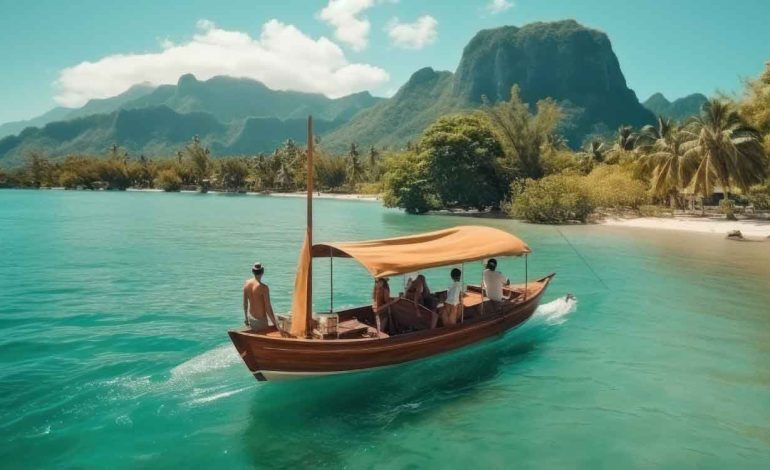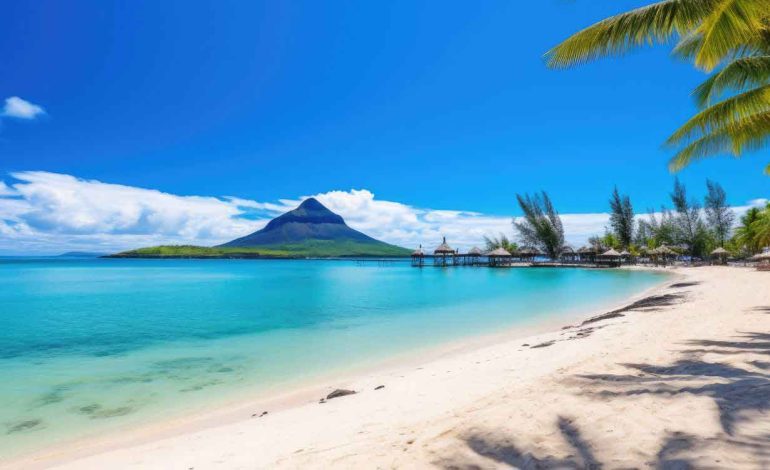Mauritius, a gem in the Indian Ocean, is more than just a paradise for beach lovers and honeymooners. This island nation, known for its stunning landscapes, rich cultural heritage, and vibrant history, offers a lot more to explore and appreciate. Here are some must-know facts about Mauritius that will give you a deeper insight into this beautiful island.

A Melting Pot of Cultures

Mauritius is a multicultural haven. The island population is a mix of Indian, African, Chinese, and European descent. This blend of cultures is reflected in the island festivals, cuisine, and day-to-day life. For example, Diwali, the Hindu festival of lights, is celebrated with as much enthusiasm as Chinese New Year and Christmas. This cultural diversity is a testament to Mauritius’ history of immigration and colonisation.
Language Diversity

Although English is the official language, French and Creole are more commonly spoken. Creole, derived from French, is the lingua franca and is used in everyday conversation. French is prevalent in the media and business sectors. Do not be surprised if you hear a mix of languages in a single conversation.
Unique Wildlife
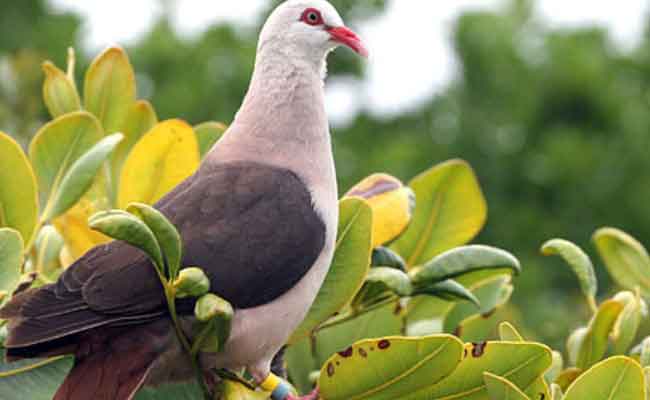
Mauritius is home to some unique wildlife, thanks to its isolated location. The island was once the home of the dodo, a flightless bird that became extinct in the 17th century. Today, the Black River Gorges National Park is a great place to see native birds like the Mauritius kestrel and pink pigeon. The island also boasts some stunning marine life; snorkelling and diving in the Blue Bay Marine Park will introduce you to a vibrant underwater world.
A Culinary Delight

Mauritian cuisine is as diverse as its people. The food is a delicious blend of Indian, Chinese, Creole, and French influences. Must-try dishes include dholl puri, a type of flatbread stuffed with ground split peas, served with curry and pickles; and rougaille, a Creole tomato-based dish often made with fish, chicken, or sausage. Street food is also a big part of the culinary scene, with vendors selling everything from samosas to fresh pineapple slices sprinkled with chilli salt.
Historical Sites
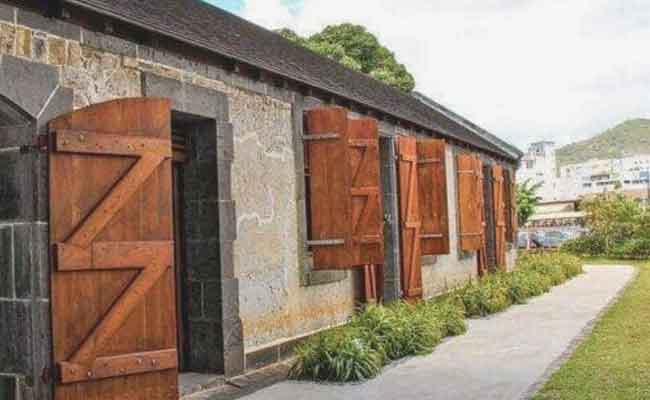
Mauritius has a rich history, and several sites reflect this heritage. Aapravasi Ghat in Port Louis is a UNESCO World Heritage site that marks the place where indentured labourers from India first arrived. Another notable site is the Le Morne Brabant, a mountain that was a refuge for runaway slaves in the 18th and early 19th centuries. These places offer a poignant reminder of the island’s past.
Tourism Hotspots
The island is renowned for its pristine beaches, but there is more to see. The Chamarel Seven Colored Earths, a natural phenomenon where sand dunes exhibit seven distinct colours, is a must-visit. The Pamplemousses Botanical Garden, one of the oldest botanical gardens in the Southern Hemisphere, is home to giant water lilies and a variety of other tropical plants.
Mauritian Sega Music
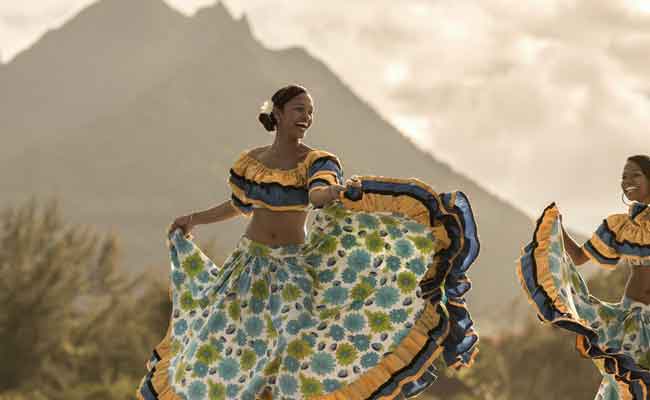
Music is an integral part of Mauritian culture, and Sega is the traditional dance and music of the island. With its African roots, Sega music is characterised by rhythmic, soulful melodies played on traditional instruments like the ravanne, triangle, and maravanne. You can often see Sega performances at hotels, festivals, and local events.
Economic Hub

Mauritius is not just a tourist destination; it is also a significant economic hub in the region. The island has a robust economy based on tourism, textiles, sugar, and financial services. It is known for being a business-friendly country with a conducive environment for investment.
Friendly Locals

One of the most charming aspects of Mauritius is its people. Known for their hospitality and friendliness, the locals make visitors feel welcome and at home. Whether you are lost and need directions or simply looking to learn more about the local culture, do not hesitate to strike up a conversation.
